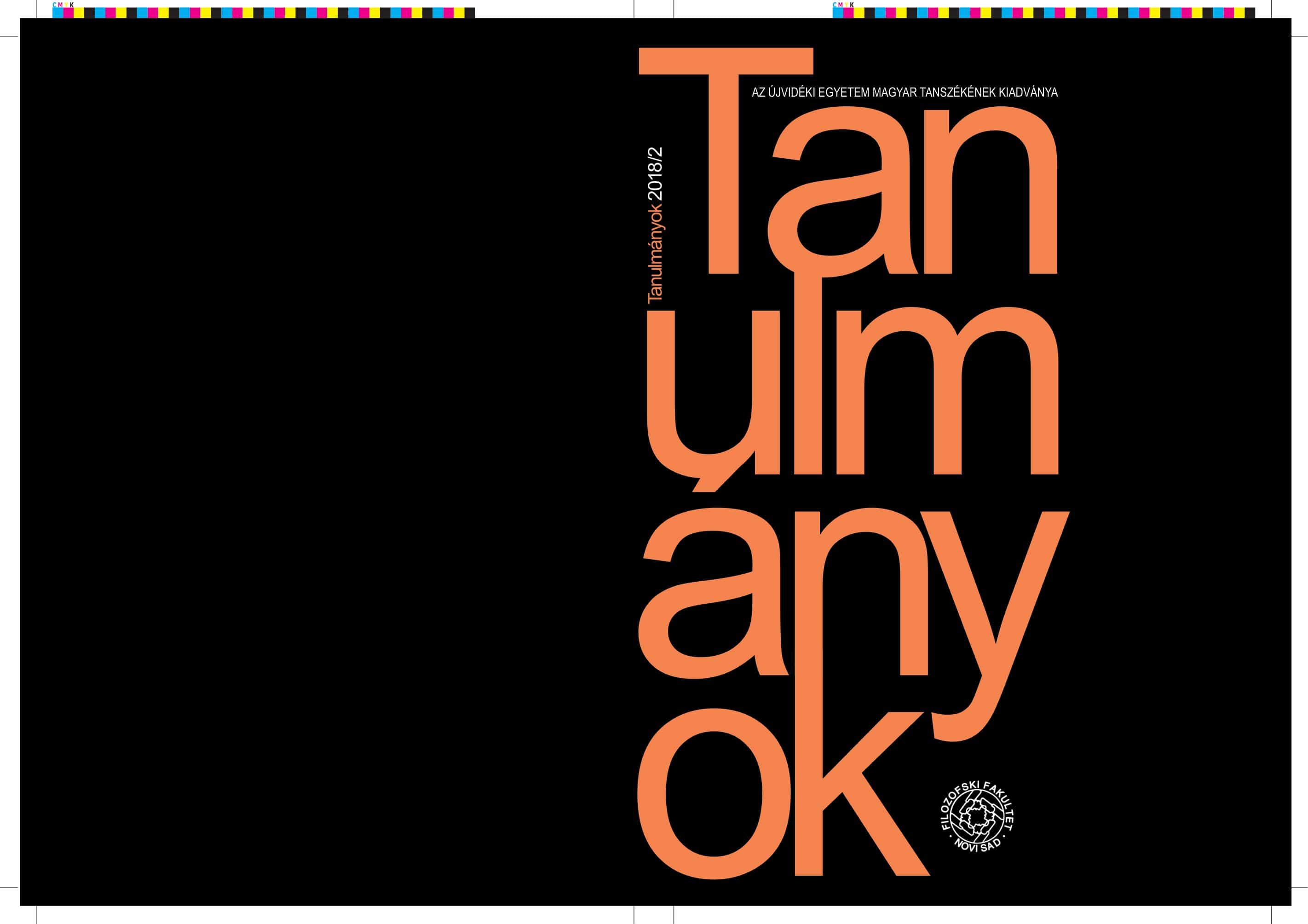Hová tűnt a gonosz?
Where Did the Evil Go?
The modalities of “case” and “memorabile’ in Vörösmarty's short epic Széplak
Author(s): Mihály SzajbélySubject(s): Hungarian Literature, Theory of Literature
Published by: Филозофски факултет, Универзитет у Новом Саду
Keywords: Vörösmarty; Jolles; Todorov; Luhmann; simple forms; real/realistic; perception/communication
Summary/Abstract: This paper decomposes Mihály Vörösmarty's 1829 short epic Széplak into the simple forms of case and memorabile defined by André Jolles. Through the theory of simple forms and the evocation of the creation story of the short epic, the paper shows that the complex form created by Vörösmarty interprets the simple forms of case and memorabile in a unique way, in conjunction with one another. In doing so, it brings about a clash of the real and realistic (Todorov) on one hand, and perception and communication (Luhman) on the other. Owing to all this, a multi-layered artistic form combining the epic and lyric is established that forms the events related to the ruin in Széplak into a tale, thus enabling the evocation of Vörösmarty’s personal past and the complex and contradictory emotions related to it.
Journal: Tanulmányok
- Issue Year: 2018
- Issue No: 2
- Page Range: 3-14
- Page Count: 12
- Language: Hungarian

